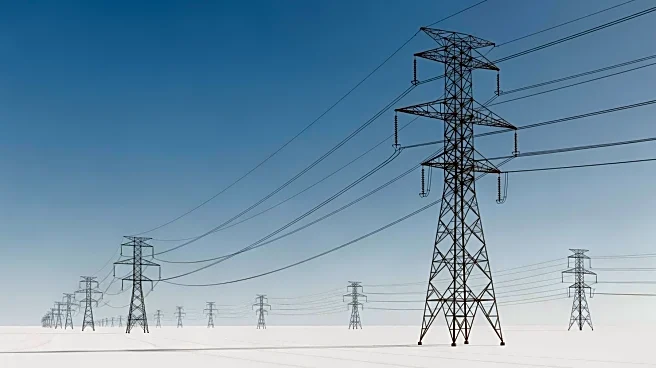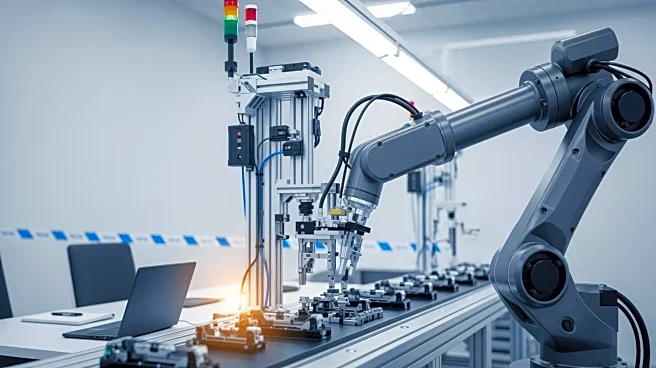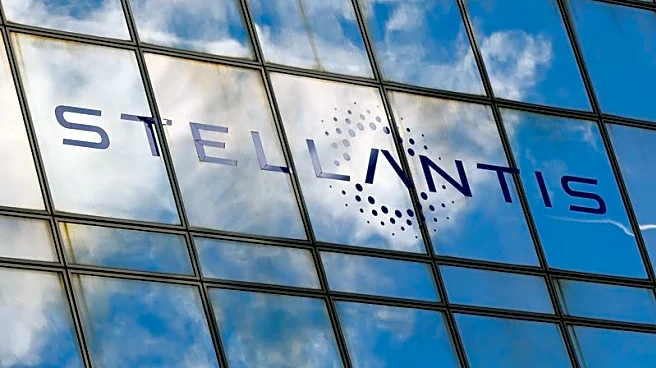What's Happening?
The Federal Energy Regulatory Commission (FERC) has ordered the Midcontinent Independent System Operator (MISO) to specify how merchant high-voltage, direct-current transmission projects are integrated
into its planning models. This decision follows a complaint by Invenergy Transmission regarding the handling of its Grain Belt Express project. The Grain Belt project, a 5-GW transmission line, aims to connect Kansas to Indiana. FERC's directive seeks to address inefficiencies in MISO's planning process that could lead to increased customer rates.
Why It's Important?
FERC's decision is significant for the future of merchant transmission projects, which do not rely on direct ratepayer support. By ensuring these projects are included in planning models, FERC aims to enhance cost savings and reliability for ratepayers. The decision could facilitate the development of interregional transmission projects, supporting the U.S. energy sector's ability to meet growing demand and maintain affordability.
What's Next?
MISO has 90 days to outline the integration of merchant transmission projects into its planning processes. This includes incorporating these projects into base cases and sensitivity analyses. The decision may prompt further scrutiny of MISO's transmission planning and cost-benefit assumptions, potentially influencing future infrastructure investments.
Beyond the Headlines
The decision underscores the importance of transparent and efficient transmission planning in the context of evolving energy demands. It highlights the role of regulatory bodies in ensuring that infrastructure projects align with consumer interests and contribute to a sustainable energy future.












